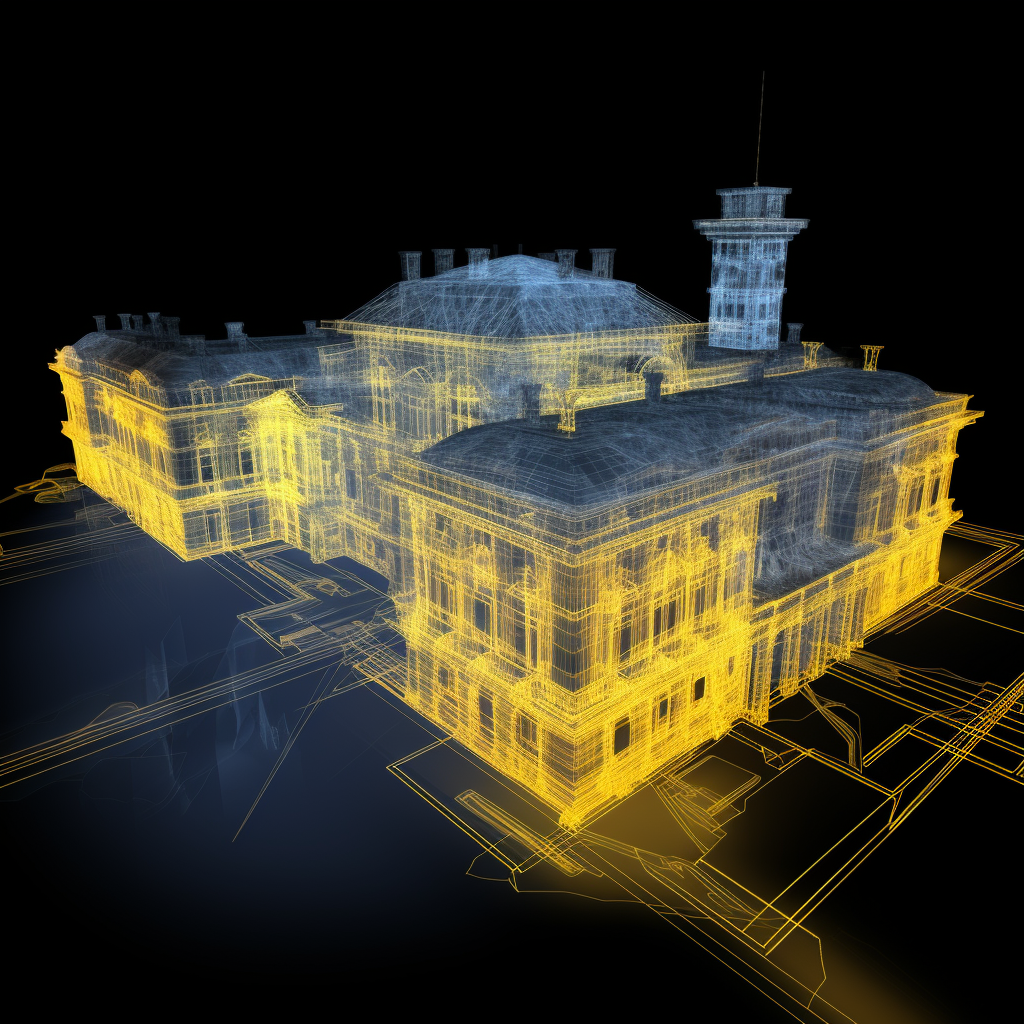Robotic ImagingOctober 31, 2023
Construction sites are known for their complexity, hazardous environments, and dynamic nature. The need for efficient monitoring, resource tracking, and enhanced safety has given rise to the integration of advanced technologies such as LiDAR (Light Detection and Ranging) and AI. Today, we are exploring the employment of LiDAR and AI in construction site monitoring and discussing their significant impact on construction progress, resource management, and safety enhancement.
Construction Progress Monitoring
LiDAR, a remote sensing technology, utilizes laser beams to generate precise 3D models of the construction site, capturing the extensive details of topography, infrastructure, and progress. AI algorithms are then employed to process this vast amount of data, allowing real-time monitoring of construction progress. This ensures that project timelines are adhered to and allows for prompt decision-making.
By comparing the scanned data of the construction site with digital Building Information Models (BIM), AI algorithms can detect any deviations from the planned construction progress. Consequently, project managers and stakeholders can identify bottlenecks, prevent delays, and promptly address any issues that arise. This technology provides a more accurate and objective assessment of construction progress compared to traditional manual methods, leading to increased efficiency and cost savings.
Suggested reading: If you want to learn more about other benefits, such as clash detection works, check out this article.
Resource Tracking
Construction projects rely on multiple resources such as equipment, materials, and labor. Efficiently tracking these resources can significantly impact project success. LiDAR combined with AI enables automated tracking and monitoring of resources, preventing many challenges associated with manual tracking approaches.
By integrating AI algorithms with LiDAR data, the technology can identify and track equipment, monitor material usage, and even assess the movement of workers on site. This data can be analyzed in real-time, allowing project managers to optimize resource allocation and detect any anomalies that may arise. Consequently, construction projects can avoid delays and efficiently manage resources, leading to improved productivity and reduced costs.
Enhanced Safety
Construction sites are inherently risky environments. The combination of LiDAR and AI presents a powerful toolset for enhanced safety monitoring. LiDAR sensors can detect potential safety hazards, such as uneven ground, unstable structures, or even unauthorized access to restricted areas. AI algorithms can analyze this data and alert construction workers or site supervisors in real-time, enabling immediate action to mitigate risks.
Furthermore, AI algorithms can leverage historical data and predict potential safety risks based on patterns and trends. Construction site accidents, such as falls or collisions, can be detected and predicted, allowing for proactive safety measures. By identifying potential safety issues and implementing preventive actions, LiDAR combined with AI significantly reduces the occurrence of accidents, enhances worker safety, and minimizes costly delays and litigation.
To summarize, LiDAR and AI technologies have revolutionized construction site monitoring, resource tracking, and safety enhancement. The ability to monitor construction progress in real-time, track resources effectively, and ensure a safer working environment has transformed the industry. Implementing LiDAR and AI in construction site monitoring improves productivity, reduces costs, and enhances safety, making them invaluable tools for construction management. As these technologies continue to advance, construction projects will benefit from even greater efficiencies, higher precision, and enhanced safety standards.

